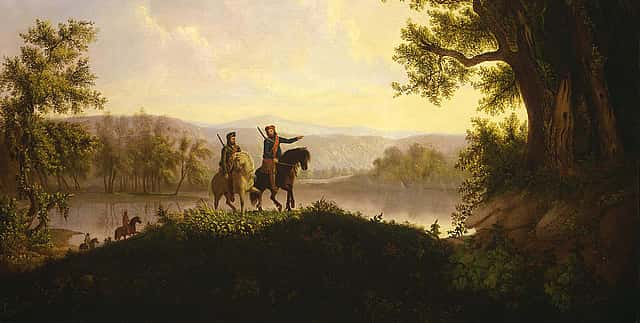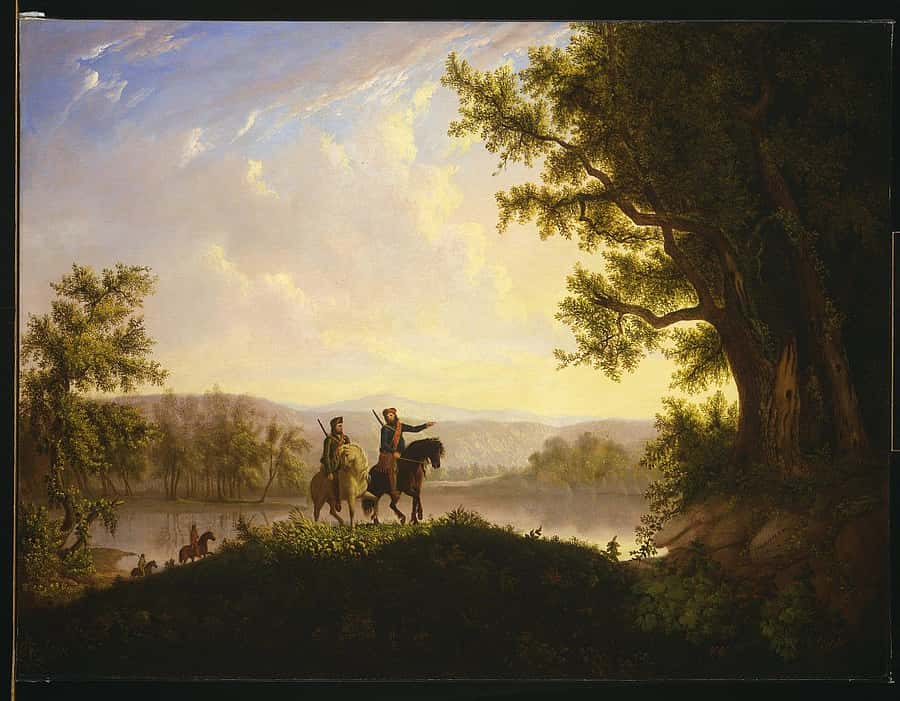
Guns of Lewis and Clark
When the Corps of Discovery made its epic journey across the North American continent and back their firearms were an essential part of the trip. And while historians generally know what kinds of arms they carried the specifics can be elusive.

The main long arm of the US Army at the time was the Model 1795 Musket. The musket was a close copy of the French Model 1777 Charleville. Lewis and Clark recruited expedition members from the ranks of the Army and they likely carried their muskets with them.


While preparing for the trip Meriwether Lewis stopped at Harper’s Ferry to get more firearms from the government arsenal there. He acquired 15 rifles in the Spring of 1803. It rules out the Model 1803, which didn’t enter production until the fall. The most likely candidate are 1792 contract rifles. However, he made some specific requests about the guns that included shortening the stock and barrel, adding sling swivels, and changing the bore.

The Corps member also carried personal guns including saddle pistols, a cased set of pocket pistols, a blunderbuss, and swivel gun. The most intriguing of the expedition’s armaments though is an air rifle. While the expedition journals often mention an air rifle, the model is never named. The two most prominent contenders are the Giradoni and the Lukens rifles. The Girardoni air rifle originated in Italy and Austrian army purchased around 1500. But it was far from the only air rifle available at the time. Gunmakers copied it across Europe, and not only Europeans made air guns. There were several air gun builders in the US at the time including Isaiah Lukens in Philadelphia, PA. Lewis spent time preparing for the expedition in Philadelphia and an inventory of Lukens’ estate included an air rifle claimed to be the expedition air rifle.

While the expedition often wrote about their guns, 39 times for the air rifle, they never described them by name. At least two other witnesses described the air rifle. In one account, a man named Thomas Rodney saw a demonstration and claimed that it fired 22 times in a minute. He also described that bullets fed from a small barrel attached to the main barrel. Giradoni rifles have a small tube magazine on the side that holds 20 or 22 round balls. Because of the record of Lukens’ estate sale, for many years it many believed Lewis and Clark carried a Lukens. The eyewitness accounts shifted opinion towards the Girardoni. Whatever the case, the Corps of discovery valued the air rifle highly and often demonstrated it to the Native Americans they encountered. Fortunately for them, their firearms were mostly used to hunt and only once did anyone on the journey fire their gun in anger.
Written By
Danny Michael
Danny Michael is Associate Curator (formerly Assistant Curator) of the Cody Firearms Museum. In addition to assisting with visitor inquires, researching, and writing about the collection, he also manages social media content for the Cody Firearms Museum. Danny moved to Cody from Maryland and enjoys finding ways to watch the Baltimore Orioles from Wyoming, recreational shooting, and reading about history.
